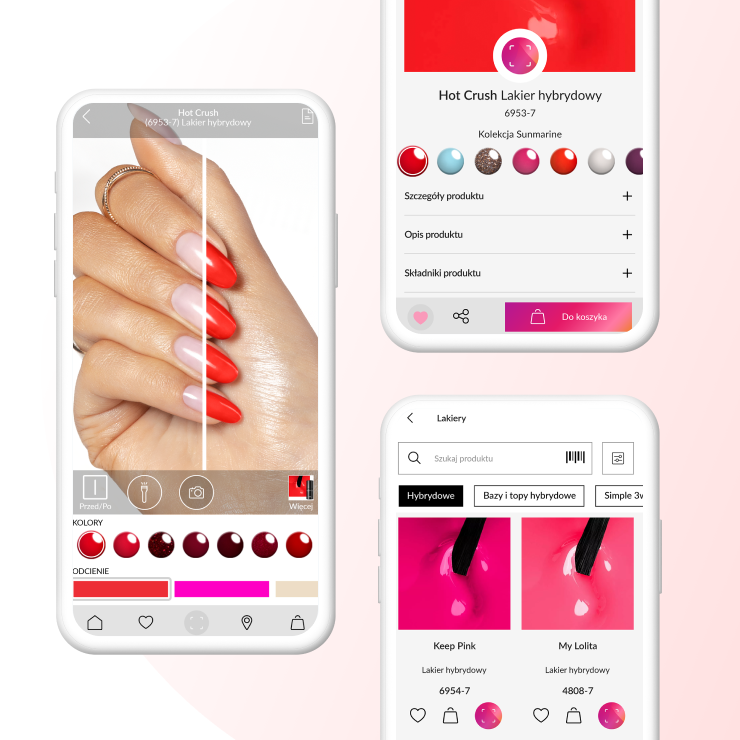How can AI benefit my business?
Integrating AI can revolutionize your business operations and enhance efficiency across various departments. AI-driven solutions analyze vast datasets, extracting valuable insights to inform strategic decisions and automate repetitive tasks, reducing human error and freeing up your team to focus on high-value tasks. AI can also power personalized customer experiences, boosting engagement and satisfaction In a competitive landscape, AI empowers you to remain agile and adaptive, seizing opportunities and gaining a competitive edge.
What types of AI solutions does Netguru offer?
- Intelligent Chatbots: Enhance customer interactions and streamline support with AI-powered chatbots.
- Image Recognition Systems: Automate visual tasks and gain deeper insights from images.
- Personalized Recommendation Engines: Improve customer satisfaction and drive sales with recommendations tailored to individual preferences.
- Predictive Models: Forecast trends, anticipate customer behavior, and make data-driven decisions.
- Sentiment Analysis Tools: Gauge customer opinions and feedback to refine your strategies.
What technologies power Netguru's AI solutions?
- Machine Learning Libraries: TensorFlow and PyTorch for building and training complex AI models.
- Natural Language Processing Libraries: NLTK and spaCy for efficient text data processing and analysis.
- Cloud Platforms: AWS, Azure, and Google Cloud for scalable resources and model management.
- Deep Learning Frameworks: Keras for simplified neural network development.
- Versatile Machine Learning Library: Scikit-learn for diverse AI tasks.
- Retrieval-Augmented Generation (RAG): Combining language models with retrieval-based approaches to deliver more accurate and contextually relevant responses by accessing vast knowledge bases in real-time.
- Reinforcement Learning with Human Feedback (RLHF): Incorporating human feedback to refine AI behaviors and decision-making, ensuring models align with user expectations and ethical guidelines.
- Fine-Tuning Techniques: Customizing models to meet specific business needs, allowing for precision in tasks like customer support, personalized recommendations, and sentiment analysis, while reducing bias and improving relevance.
What is the process for developing an AI solution?
- Discovery: Analyzing your business goals, challenges, and potential to identify opportunities and outline the development course.
- Design: Finalizing features, technologies, and creating a testable prototype.
- Proof of Concept (POC): Training and tuning AI algorithms, rigorously testing to ensure viability.
- Implementation: Engineering the AI application, integrating the ML model, and launching in the desired environment.
What factors influence the cost of developing an AI solution?
- Complexity of the AI model: More complex models require more data and expertise.
- Data quality and volume: Acquiring and preparing high-quality data can be expensive.
- Development team expertise: Specialized AI developers come at a higher cost but deliver faster, more effective solutions.
- App features: The number and complexity of features impact development costs.
- Deployment and maintenance: Ongoing costs include cloud platform fees, updates, and model retraining.
How long does it take to build an AI-powered product?
- Problem complexity: Intricate problems may demand more development time.
- Data availability and quality: Well-organized, high-quality data streamlines development.
- AI team experience: Experienced teams deliver faster results.
- Choice of AI algorithm: Complex algorithms can extend development time.
- Team size: Larger teams may accelerate progress but increase coordination complexity.
- Integration with third-party services: External API integrations add to the timeline.
- Testing and evaluation: Thorough testing ensures quality and can extend the timeline.











